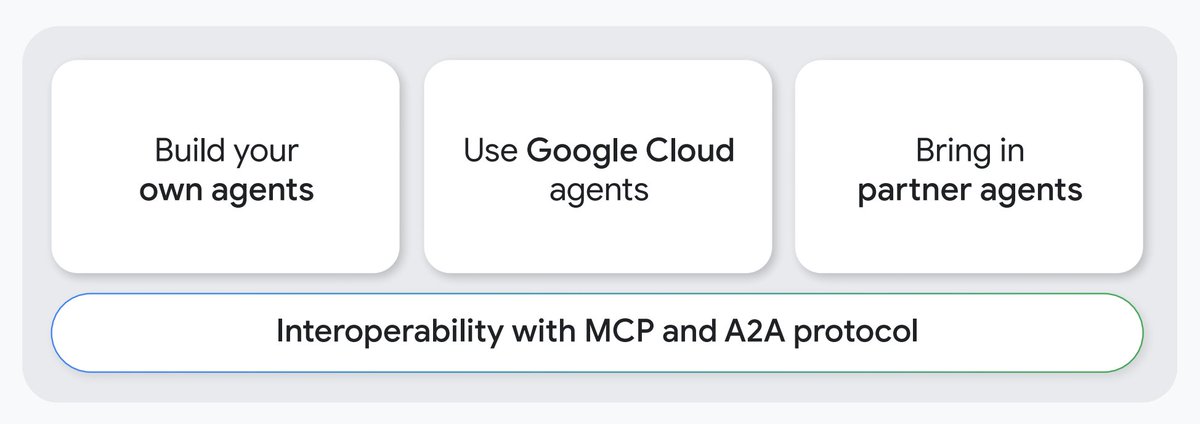If you're new to n8n, this post will save your business.
Every tutorial skips the part where costs spiral out of control.
I've built 30+ AI agents with n8n and tracked every dollar spent.
Here's the brutal truth about costs that nobody talks about:
Every tutorial skips the part where costs spiral out of control.
I've built 30+ AI agents with n8n and tracked every dollar spent.
Here's the brutal truth about costs that nobody talks about:
1. The hidden cost killer: API calls.
Your "simple" customer service agent makes 15+ API calls per conversation:
3 calls to check context
4 calls for intent classification
5 calls for response generation
3 calls for follow-up logic
At $0.002 per call, that's $0.03 per conversation. Sounds cheap until you hit 10k conversations.
Your "simple" customer service agent makes 15+ API calls per conversation:
3 calls to check context
4 calls for intent classification
5 calls for response generation
3 calls for follow-up logic
At $0.002 per call, that's $0.03 per conversation. Sounds cheap until you hit 10k conversations.
2. n8n's biggest cost trap: polling nodes.
Every 15 seconds, your workflow checks for new emails, Slack messages, database updates. That's 5,760 executions per day doing nothing.
Switch to webhooks. I cut execution costs by 80% just by replacing poll-based triggers with event-driven ones.
Every 15 seconds, your workflow checks for new emails, Slack messages, database updates. That's 5,760 executions per day doing nothing.
Switch to webhooks. I cut execution costs by 80% just by replacing poll-based triggers with event-driven ones.
3. Memory costs more than compute.
Storing conversation context in n8n's database gets expensive fast. A 3-month conversation history for 1000 users = ~$200/month in execution costs just for memory retrieval.
Solution: Use external Redis or Supabase for context storage. Execution costs drop to $12/month.
Storing conversation context in n8n's database gets expensive fast. A 3-month conversation history for 1000 users = ~$200/month in execution costs just for memory retrieval.
Solution: Use external Redis or Supabase for context storage. Execution costs drop to $12/month.
4. The 90/10 rule kills budgets.
90% of your agent costs come from 10% of edge cases. Complex error handling, retry logic, multi-step reasoning chains.
I now build "dumb" agents first. Handle the happy path perfectly. Add complexity only when usage justifies the cost.
90% of your agent costs come from 10% of edge cases. Complex error handling, retry logic, multi-step reasoning chains.
I now build "dumb" agents first. Handle the happy path perfectly. Add complexity only when usage justifies the cost.
5. LLM model choice makes or breaks economics.
GPT-4: $0.03 per 1K tokens
Claude Sonnet: $0.003 per 1K tokens
Llama 3.1 (via Groq): $0.0002 per 1K tokens
Same agent, 150x cost difference. Most use cases work fine with cheaper models. Test extensively before committing to premium APIs.
GPT-4: $0.03 per 1K tokens
Claude Sonnet: $0.003 per 1K tokens
Llama 3.1 (via Groq): $0.0002 per 1K tokens
Same agent, 150x cost difference. Most use cases work fine with cheaper models. Test extensively before committing to premium APIs.
6. Execution time = money.
n8n charges per execution second. Inefficient workflows cost 10x more than optimized ones.
Quick wins:
- Combine API calls with HTTP Batch node
- Use Switch nodes instead of multiple IF branches
- Cache frequently accessed data
- Set proper timeouts (don't wait 60s for failed API calls)
n8n charges per execution second. Inefficient workflows cost 10x more than optimized ones.
Quick wins:
- Combine API calls with HTTP Batch node
- Use Switch nodes instead of multiple IF branches
- Cache frequently accessed data
- Set proper timeouts (don't wait 60s for failed API calls)
7. The real ROI calculation:
Building our lead qualification agent:
Development: 8 hours ($400 value)
Monthly n8n costs: $45
API costs: $120/month
Replaces: 0.5 FTE ($3000/month)
Payback in 3 weeks. But only because we optimized for cost from day one.
Most agents I see would cost $800+/month to run the same workload.
Building our lead qualification agent:
Development: 8 hours ($400 value)
Monthly n8n costs: $45
API costs: $120/month
Replaces: 0.5 FTE ($3000/month)
Payback in 3 weeks. But only because we optimized for cost from day one.
Most agents I see would cost $800+/month to run the same workload.
What's your biggest n8n cost surprise?
Drop your monthly bill and use case below. I'll audit the first 10 replies and show you where you're bleeding money.
(Seriously - some of you are paying 10x more than you should be)
Drop your monthly bill and use case below. I'll audit the first 10 replies and show you where you're bleeding money.
(Seriously - some of you are paying 10x more than you should be)
10x your prompting skills with my prompt engineering guide
→ Mini-course
→ Free resources
→ Tips & tricks
Grab it while it's free ↓
godofprompt.ai/prompt-enginee…
→ Mini-course
→ Free resources
→ Tips & tricks
Grab it while it's free ↓
godofprompt.ai/prompt-enginee…
That's a wrap:
I hope you've found this thread helpful.
Follow me @godofprompt for more.
Like/Repost the quote below if you can:
I hope you've found this thread helpful.
Follow me @godofprompt for more.
Like/Repost the quote below if you can:
https://twitter.com/1643695629665722379/status/1972269889357525237
• • •
Missing some Tweet in this thread? You can try to
force a refresh











